In life, they (the men, at least) enjoyed a raucous, bawdy bonhomie every Saturday night at the Beachcombers Club in Provincetown. In death, many are still together, resting peacefully with members of the fairer sex in Truro’s Snow Cemetery. One wonders if, in the afterlife, this gathering of artists, writers, and patrons is any less lively.
Who among them was the first to decide on Snow Cemetery, rather than the old cemetery in Provincetown where so many of their bohemian brothers and sisters rest, has been lost to time. But choose Snow they did: Charles and Marion Hawthorne, Richard Miller, Henry Hensche, Hans Hofmann, Gerrit Beneker, Harry Campbell, Frederick J. Waugh, William Boogar, Oscar Gieberich, Frederick Hammett, William Bicknell, Susan Glaspell, Katherine Dos Passos, and William and Lucy L’Engle. They are together, except for Hofmann, whose grave is in another section, in a sloping pocket of dense oak and pine known as Artists’ Corner. Many of their unconventional grave markers are works of art in their own right. To invoke Whitman (O Me! O Life!), in life they contributed a verse, made their mark, for which they are remembered in death.
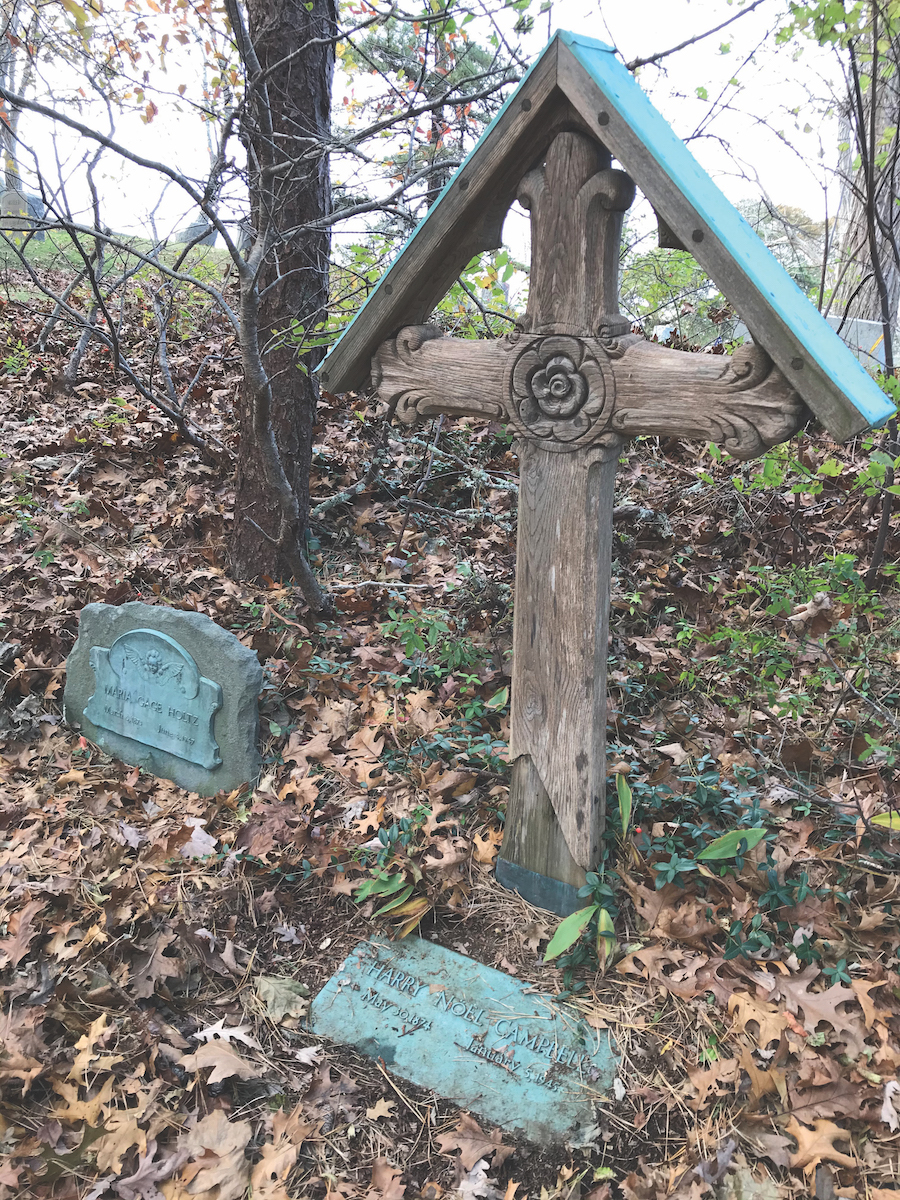
For Provincetown artists whose work was inspired by the natural world, the rambling, informal, free-from-confines character and hidden spirit of Snow Cemetery no doubt appealed to their sensibilities. A dirt path takes visitors from the adjacent Congregational Church and its cemetery into a shallow swale and up a rise, terraced to create flat areas for the burials that now seem to spring organically from the sandy, scrubby, quintessentially Cape Cod landscape.
Officially established in 1888, Snow Cemetery had an earlier, sorrowful start as a family — and perhaps a neighborhood — burying ground. Though part of the Congregational Parish District, it was never associated with a church. A small number of its gravestones predate 1850, the earliest being that of Harriet Knowles, the daughter of Smith and Sarah (Atkins) Knowles, who died in 1817 at age two from whooping cough. Sharing her headstone in the family plot are her brother John Henry Knowles (1824-1826) and her sister Mary C. Knowles (1828-1841).
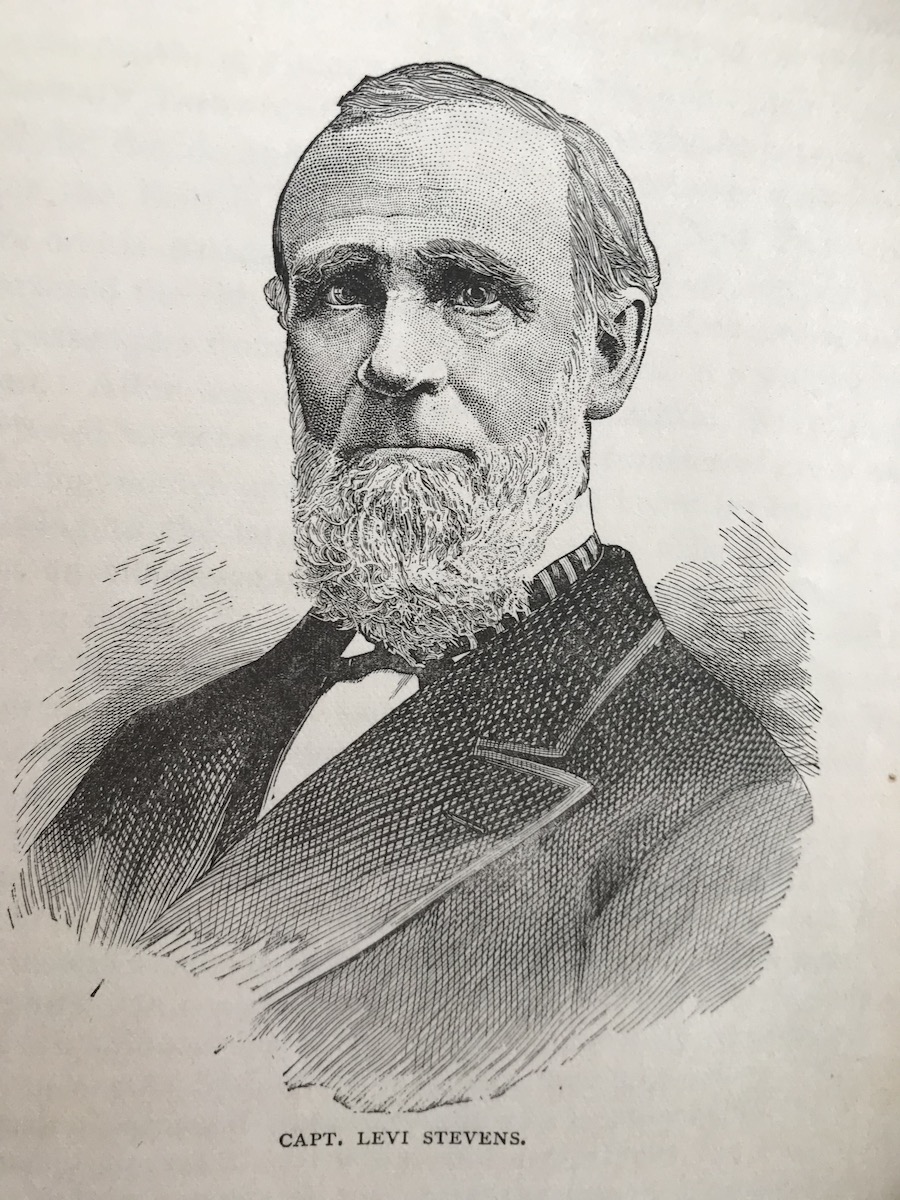
In 1850 Capt. Levi Stevens, born in Truro in 1812 and married to Olive White in 1837, purchased the property as a resting place for the couple’s three children, one-year-old Levi Thomas, four-year-old Olive Frances, and 10-year-old Eveleen Amelia, who all died from dysentery within two weeks of one another in October 1849. The memory of the three children was, perhaps, a grief impossible to bear. A year after the birth of a third daughter, Eveleen Frances, in February 1850, the family left Truro and the “Stevens Cemetery.”
In May 1851 Capt. Stevens sailed to San Francisco as master of the clipper ship Southern Cross. There he remained, resigning his command and establishing a shipping company. He became one of the principal merchants in his adopted home. In 1856 another daughter, also named Olive, was born. Upon Levi’s death in 1882, the San Francisco Chronicle reported that “during his active business career he was noted for his enterprise, untiring industry and firm integrity.”
On May 4, 1888, Mrs. Olive Stevens and her two daughters conveyed the Stevens Cemetery to Isaiah Snow with the caveat “that no remains therein buried shall ever be removed therefrom.” In time, the family plot became a community burying ground, a gathering of well-known Truro names. In 1994, the Snow family gave the cemetery to the town.
Across from Artists’ Corner a marble obelisk, embraced and shaded by two linden trees planted by Levi and Olive, remembers the Stevens children. Perhaps they are being watched over by their nearest neighbors, the Woodward and Gardner families, united in life by marriage. They, too, knew the sorrow of lost children. A diminutive treasure, a bronze scalloped shell made by sculptor William Boogar and now with an ages-old patina, adorns the Gardner plot, a surprise underfoot for the alert visitor.
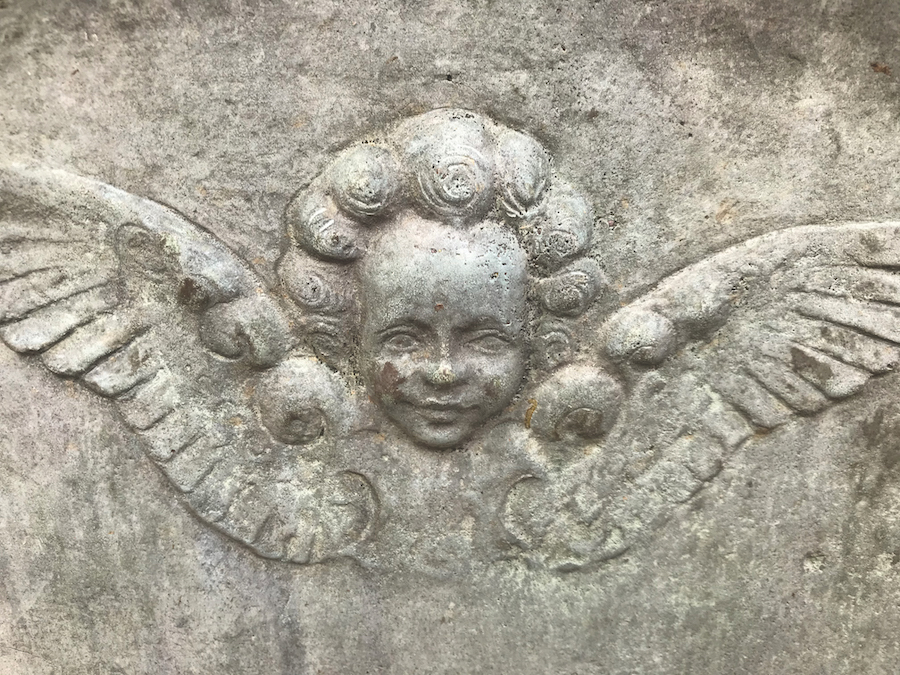
Boogar’s grave in Artists’ Corner (where he is buried with his wife, Alice) is identified with a modest military marker acknowledging his World War I service, but his artistry is on display in the same plot at the grave of Harry Nöel Campbell (the brother of Marion Hawthorne), marked by a beautifully carved wooden cross and a bronze tablet. Another Boogar bronze, displaying a gentle winged cherub, marks the grave of Campbell’s former wife, Maria Gage Holtz. Boogar had also carved an elegant cross — similar to the Campbell cross — for the grave of Frederick J. Waugh. Though it is now deteriorated beyond recognition, the Campbell memorial hints of its lost beauty.
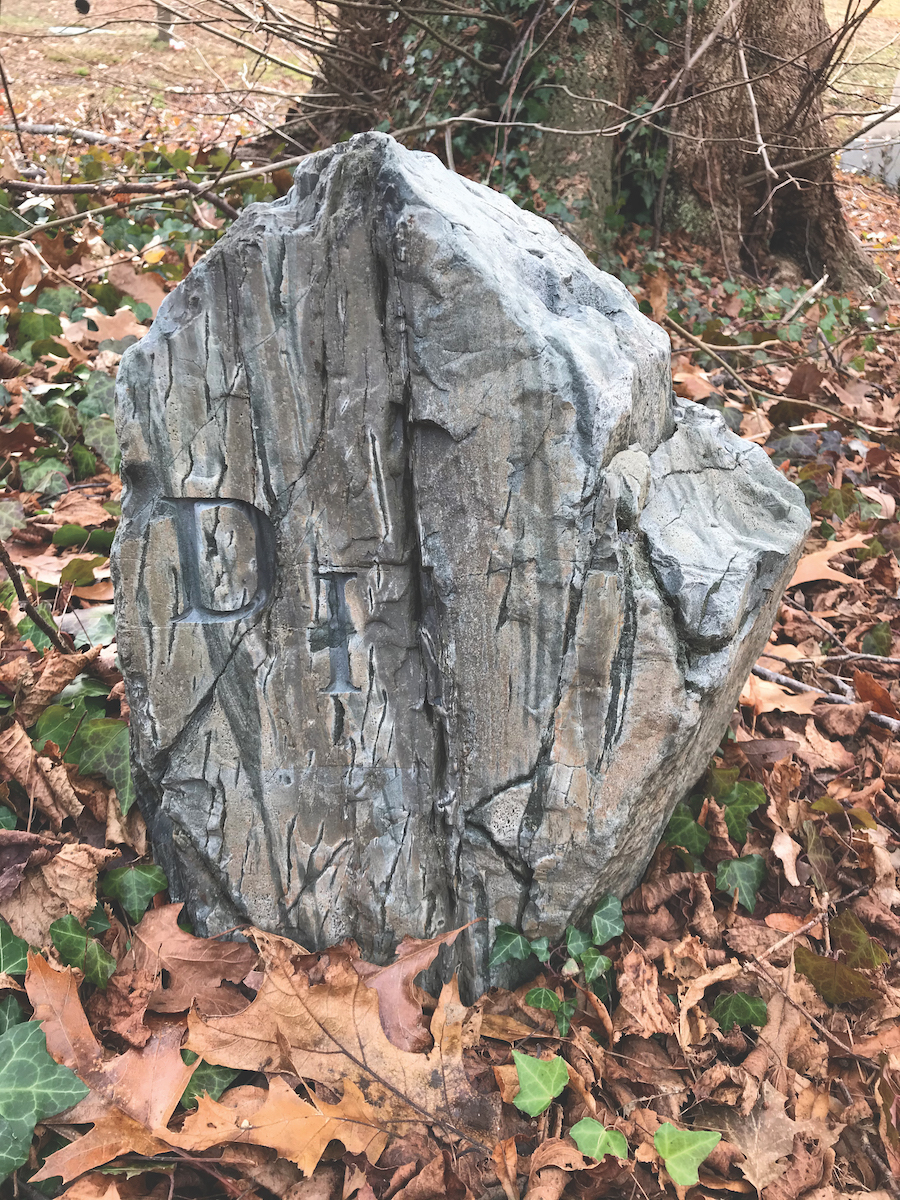
In a corner of the Woodward-Gardner plot, just next to one of the linden trees, a small stone, rough-hewn and somewhat diamond-shaped, could almost be mistaken for a boundary marker, but on closer inspection is inscribed with the letters D and I. It is the grave of Diantha (DI) Crisp. Little is known of Diantha, born in England about 1883. By 1921 she was living in New York’s Greenwich Village where, according to a small ad in The Quill magazine, she “paints beads, cigarette holders and other scrummy, objects of delight, souvenirs of the Village.”
By 1930, she had discovered Provincetown, no doubt on the recommendation of her Village neighbors (like Susan Glaspell), and was embraced by the art colony. Upon her death in 1952, Cleveland Woodward, an illustrator, arranged for her burial in his family plot in Snow Cemetery and commissioned Bill Boogar to cast a (long-since removed) bronze seagull to be mounted on the stone.
If the memory of Diantha Crisp has not endured like the memories of her fellow bohemians in Artists’ Corner, she nonetheless left her mark, contributed her own verse, publishing two small volumes of poetry, Provincetown Poems and Cape Cod Idylls, in which she captured the “indefinable something” and “hidden spirit” of Cape Cod, and thus, she is remembered.
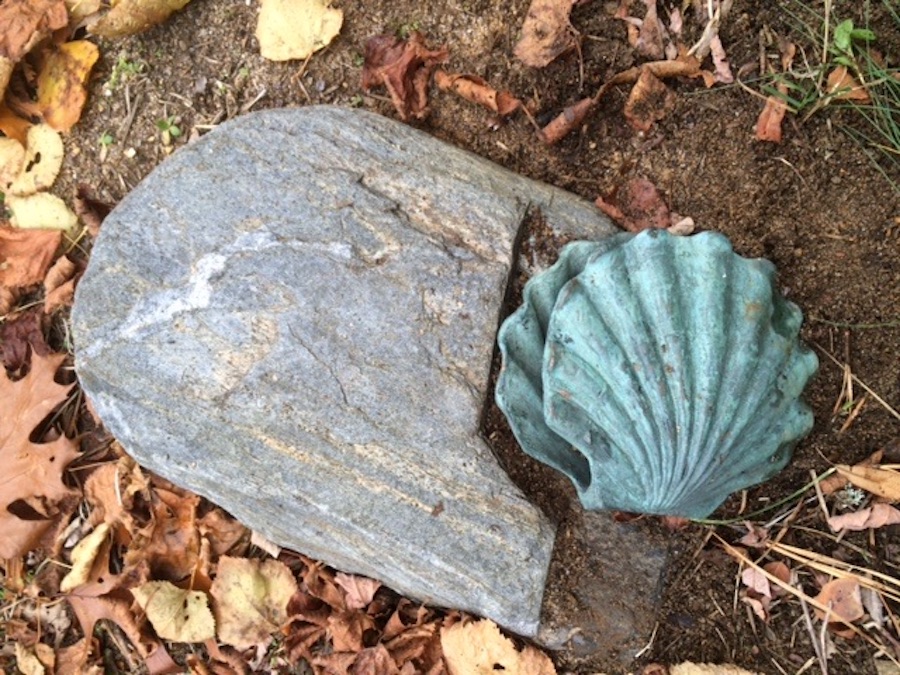
Cape Cod Pines
If, in a desolate moment,
I should turn from Life doubting
The things I know to be true,
And I looked from my window
To see green Pines against the sky,
I know that my heart would again
Be flooded with strength and belief
At the sight of their still, green beauty
And wisdom pictured there ……
And I should go back with an added radiance
Reproved by their greater faith.



